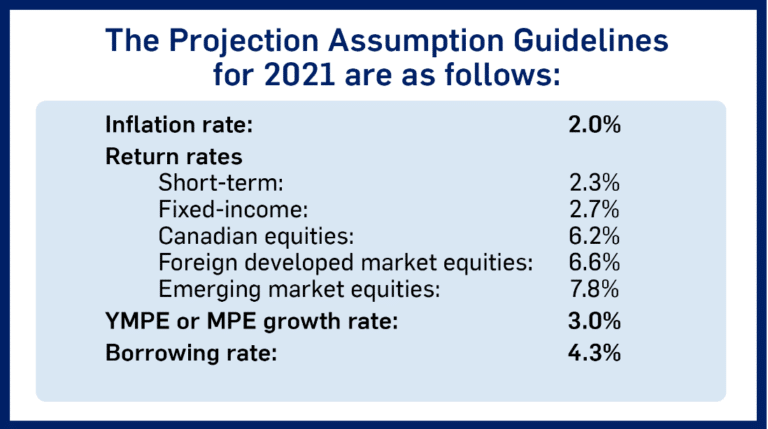
By Mario Cianfarani, Vanguard Canada
Special to Financial Independence Hub
We recently conducted a “Value of Advice” survey of Canadian investors that reinforced to us how important financial advice really is. We found that while advisors enjoy high levels of client satisfaction and loyalty, younger investors are increasingly opting to manage their assets themselves through online discount brokerages and digital services.
Among Canadian investors, 44% feel their advisor provides high value, and 74% believe their financial advisor is worth every dollar they pay. Additionally, 71% say they plan to remain with their current advisor, with that figure rising to 80% among those aged 55 and over.
While these results were not surprising, the level of trust that financial advisors enjoy is changing with a cohort of younger investors. Among those aged 18-34, 40% use online platforms for investment management, while only 38% rely on financial advisors. By contrast, 70% of those over the age of 55 use a financial advisor, with only 17% turning to online platforms.
A Tale of 2 Investors
It’s clear that Canadian investors highly value financial advisors and the guidance they provide. However, there is a tale of two investors split by age in terms of the duration, method and frequency of financial advice they receive.
This presents both a challenge and opportunity for financial advisors to provide more holistic wealth management services and relationship-oriented advice to younger investors.
While younger investors are more inclined to go digital with investing, they also show a significant level of hesitation. Among younger investors, 35% report not fully trusting their financial advisor. When asked whether they can manage their own investments, many admitted to lacking the time (47%), knowledge (39%), or confidence (42%) to do so effectively.
The study highlighted that financial advisors remain the preferred source of advice for most Canadians, regardless of age. In fact, 89% of investors report that their go-to source for financial information and advice is their financial advisor or bank. Moreover, human advisors are perceived to deliver better investment returns, with 44% of respondents believing that human advisors generate higher returns, compared to only 9% who hold the same view of robo-advisors.
Almost half in regular touch with advisors feel optimistic about their financial future
The data revealed that frequent communication with clients is shown to make a significant difference in client satisfaction and optimism. Among those who communicate with their advisor monthly or more, 46% feel optimistic about their financial future, compared to just 18% of those who communicate only once a year. Additionally, 40% of those who have a financial plan created by an advisor express a high level of optimism about their financial future, compared to only 22% of those without a formal plan.
We have been looking at the impact of financial advice for more than 25 years and the utility and benefits are the same.
As the investment landscape evolves, financial advisors will need to focus on building trust, maintaining regular communication, and emphasizing the value they provide in an increasingly digital world. Doing so will enable them to serve both traditional and younger investors more effectively, today and in the future.
 Mario Cianfarani is head of distribution for Vanguard Canada. Most recently, Mario was head of national accounts & institutional sales and was previously head of ETF capital markets. Before joining Vanguard in June 2015, he was a portfolio manager at First Asset Investment Management, responsible for domestic and global equity ETFs and sector-based, North American covered call ETFs. Mario has held senior sales and trading positions with a number of Canadian capital markets teams. His experience includes trading equity derivatives and marketing derivative-related risk management solutions to a broad range of clients.
Mario Cianfarani is head of distribution for Vanguard Canada. Most recently, Mario was head of national accounts & institutional sales and was previously head of ETF capital markets. Before joining Vanguard in June 2015, he was a portfolio manager at First Asset Investment Management, responsible for domestic and global equity ETFs and sector-based, North American covered call ETFs. Mario has held senior sales and trading positions with a number of Canadian capital markets teams. His experience includes trading equity derivatives and marketing derivative-related risk management solutions to a broad range of clients.
Mario earned a BA in applied mathematics from York University and is a CFA® charterholder.















